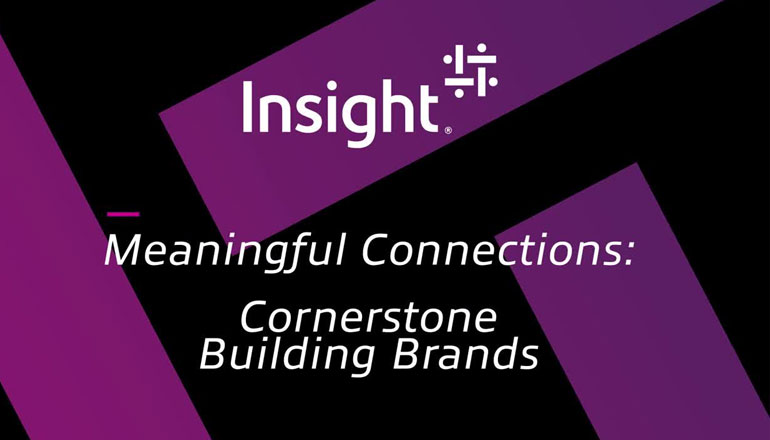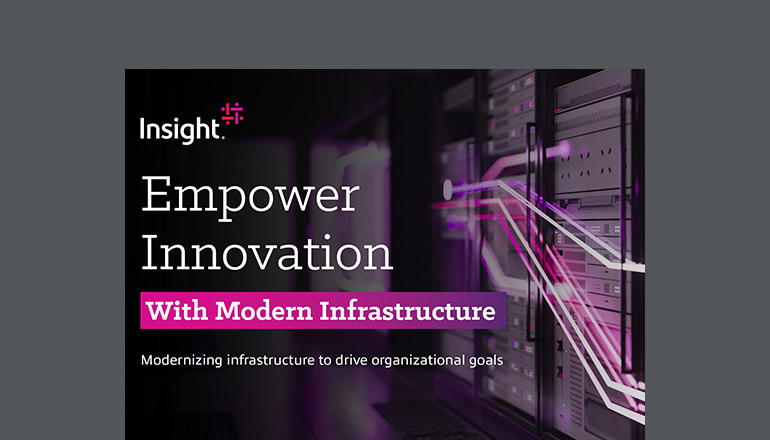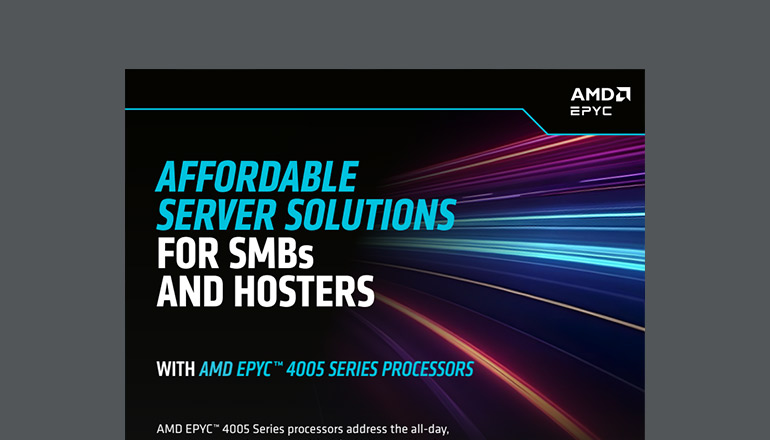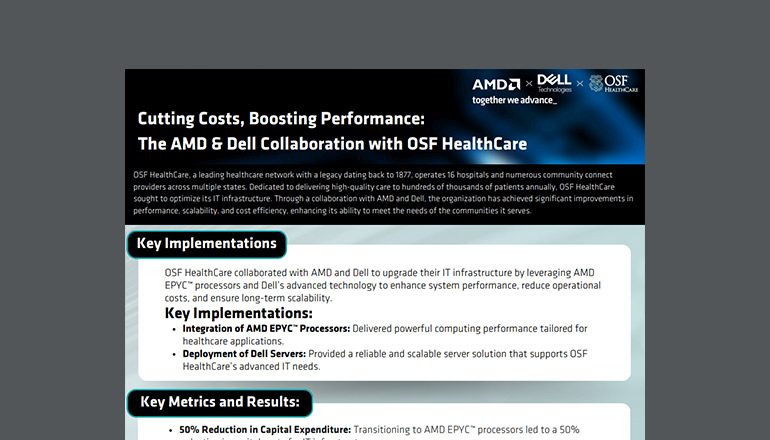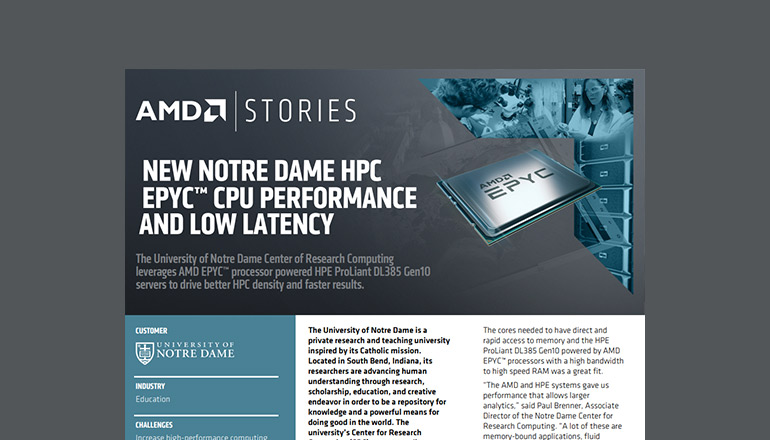Blog Modernizing Infrastructure: 3 Major Blockers and How to Solve Them
Behind today’s most forward-thinking companies, you’ll likely find an investment in modern infrastructure that supports innovation. What’s getting in the way for other organizations?
By Tom Hearn / 28 Jun 2024 / Topics: IT optimization Modern infrastructure Digital transformation IT modernization

Between mounting process complexities, aging systems and skills gaps, it’s becoming more difficult to focus on modernizing infrastructure to unlock potential. Here’s what our clients are grappling with and what advice we’re giving to help forge a path to better outcomes.
1. Technical debt
As infrastructures evolve and change, technical debt builds. As debt builds, maintenance costs often go up, processes slow down and performance suffers — problems that all create roadblocks to modernization and innovation. What’s more, aging systems and architectures are more difficult to secure against threat actors.
Enterprises can’t completely avoid tech debt. But it is possible to minimize the impact — through careful planning and management. Organizations should take a holistic approach that includes understanding where the tech debt can live, having a plan for prioritizing it, and getting more strategic about how decisions are made. This stops harmful technical debt from mounting and blocking the business from important change.
To address technical debt, here are three guiding points from my colleague John O’Shaughnessy, Insight Infrastructure Architect and Senior Consultant. In his blog, he says:
- Don’t compartmentalize. This happens when organizations upgrade small components of a solution, but they're not completely getting rid of any technical debt because it's not the full solution that they're upgrading. In effect, you’re most likely just squeezing some tech debt out into another area. To stamp out tech debt, you need to look at the bigger picture and take a step back to consider the full solution.
- Keep track. Every time you buy something for your IT environment, you're basically committing to a certain amount of time that you're going to leverage it. Keep a list of your systems and where they are in their lifecycle. Think of this as your tech debt roadmap: Awareness of what you have, what needs updating now and what will need updating later is one of the best ways to safeguard against running into bumps in the road with tech debt down the line.
- Consider enrolling experts. Knowing how to skillfully approach tech debt takes expertise and practice. But the reality is that some organizations simply lack the internal strategic and/or technical resources needed to effectively address tech debt. Leaning on an expert partner like Insight for tech debt mitigation not only covers those gaps but can help free up internal resources so teams can get back to focusing on innovation.
Slow down to speed up
Upcoming renewals, M&As and divestiture activity are compelling events that often push the business to modernize. Don’t rush your decision-making — make sure you’re identifying and adopting cost and resource-effective solutions to avoid more technical debt down the line.
2. The IT resource gap
Making headway on modernization means organizations need a balance between maintaining infrastructure while also pursuing forward-thinking projects. But with complex systems that require 24/7 monitoring and support, the time and resources left for modernization can be hard to come by.
Plus, ongoing operational duties can take up a hefty portion of an IT team's time and attention — creating roadblocks to innovation with limited resources available for strategic initiatives.
Over-provisioning results in wasted resources. Under-utilization means paying for idle infrastructure. In both cases, resources aren’t being leveraged to modernize and innovate.
To address this hurdle, the shift to consumption-based models is one approach that we see making a big difference in resource allocation. In fact, our 2024 survey on digital transformation revealed that an overwhelming 96% of organizations are actively using one or more as-a-service delivery models to support the business, and more than 80% are using three or more.
Outdated IT infrastructure models can limit transformation efforts because they lead to vendor lock-in, rigid costs and limited scalability. With XaaS solutions across the infrastructure stack, organizations can pay for what they use and quickly adjust their scale. This frees up agility and resources, allowing the organization to focus on modernizing.
Building a powerhouse
Cornerstone Bulding Brands — the largest building products manufacturer in the U.S. — leans on Insight to help run their infrastructure service offerings as part of a much broader transformation plan. Hear its leadership talk about the company's strategic objectives in this video.
3. AI infrastructure challenges
AI is helping organizations drive modernization and innovation at incredible speeds. But getting more ROI from AI requires AI-ready infrastructure across networking, storage and compute. Many of our clients tell us that finding the right infrastructure and platforms to support AI solutions is a challenge for many organizations, and implementing it is another challenge entirely.
Here's real advice we give clients when it comes to building AI-ready infrastructure, whether they’re doing it from scratch or with existing IT infrastructure:
- Don’t lose sight of the goal. The business objective should drive the process and the interim decisions that are made.
- It takes time to uncover existing value in your data estate and infrastructure. Take note of lessons learned as you go through the process and adapt accordingly.
- It's okay to retire, replace or refactor components of your environment if they are not providing value and/or the technical debt outweighs the value or the desire to make additional investments.
- Cutting corners will only add to technical debt, while a principled approach with iterative releases will move the ball forward and provide momentum to your organization.
What potential will your organization unlock?
Your organization may be at a crossroads today as you reconsider your strategy for modernizing infrastructure. Today, the benefits of modernization initiatives can’t be overlooked — from cost optimizing to improving performance, strengthening security, addressing technical debt and unlocking bandwidth for innovation.
Empower innovation with modern infrastructure
Explore top considerations, common roadblocks, benefits and use cases for modernizing and adopting AI infrastructure technologies.
